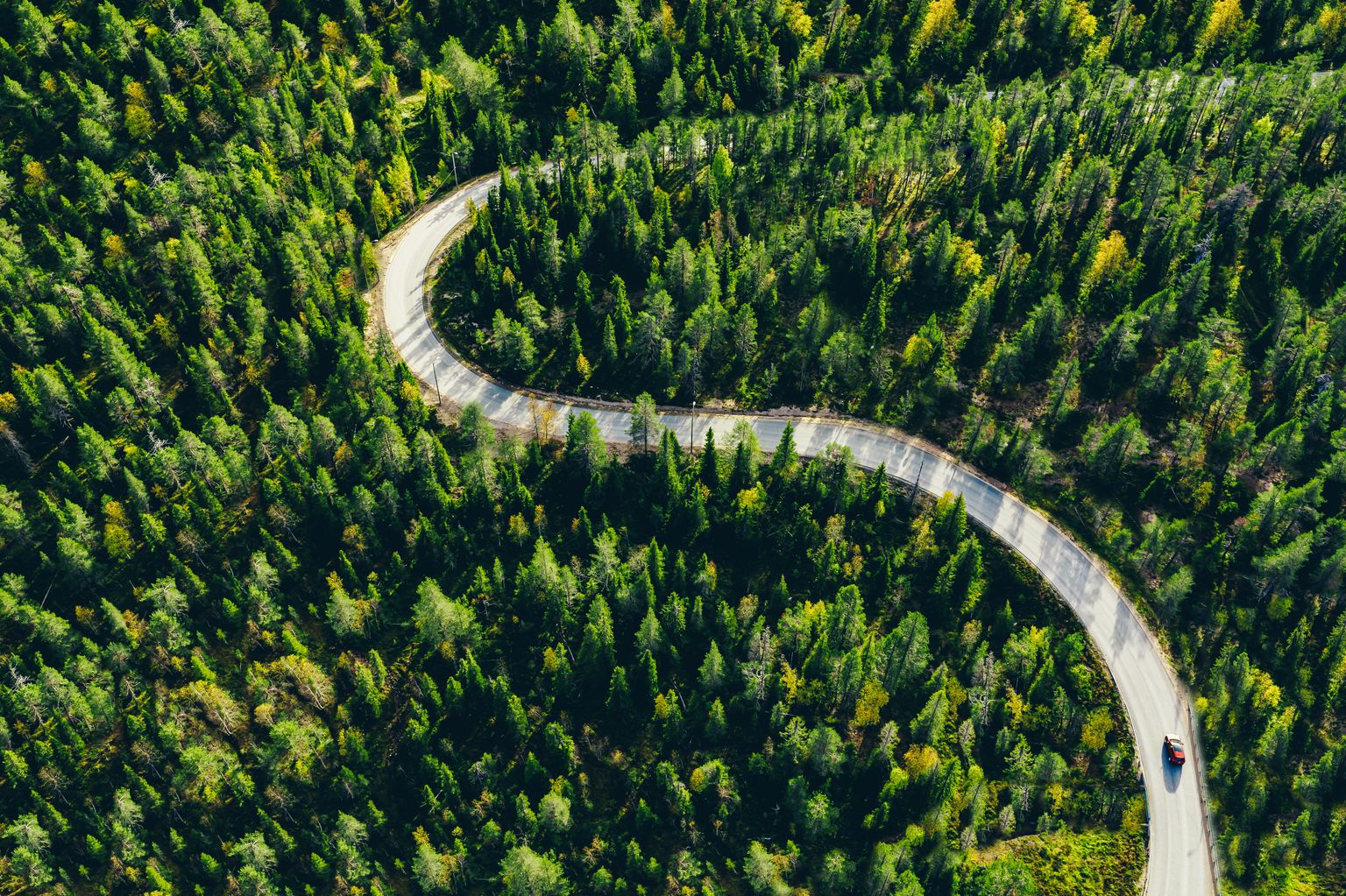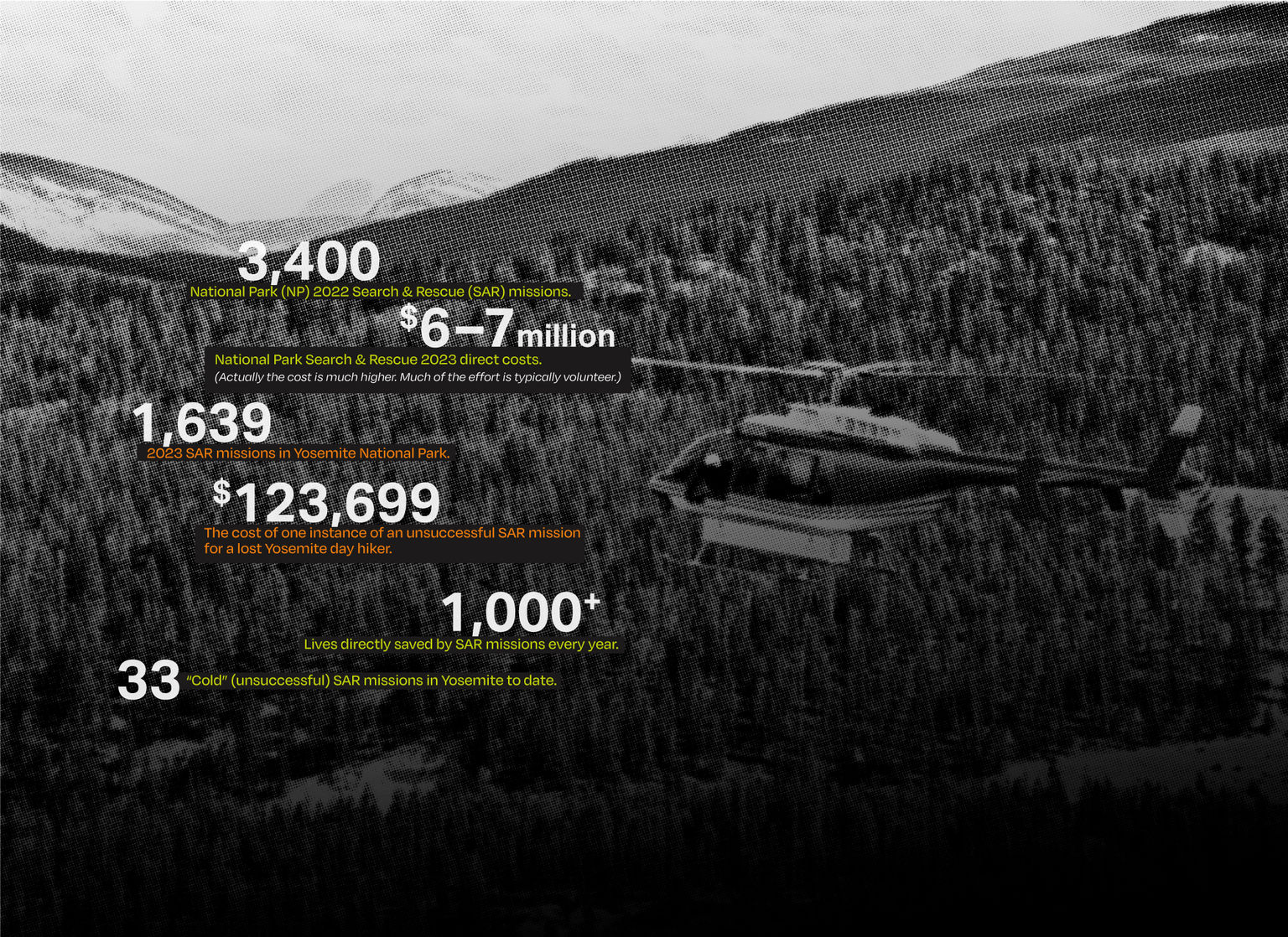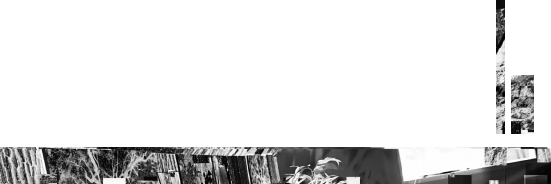
The Cost of Lost
When adventure takes a wrong turn.
There’s something undeniably magnetic about the great outdoors. We escape the city, trade our screens for scenery, and reconnect with the quiet beauty of nature. It’s the ultimate recharge: fresh air, mental clarity, a little Vitamin D. But for some, that journey into the wild doesn’t end with an easy return. Each year, countless outdoor enthusiasts find themselves stranded, disoriented, or—let’s call it what it is—lost.
Lost | Found
Zine: Volume 1
Fall 2024
Paths of peril
For some, it’s just a few hours of panic before stumbling back to the path. For others, it’s a night (or two) in the woods, waiting for daylight to offer up any recognizable landmark. And then there are those situations that require a full-scale rescue. Enter the dedicated search-and-rescue teams: the heroes with the maps, the helicopters, the know-how, and the stamina. They are the last line of defense between a misstep and real danger.

The cost of lost
But have you ever wondered what goes into these rescue missions? Helicopters don’t fly for free, and rescue teams aren’t always available at a moment’s notice. Each lost hiker or off-course camper carries a cost—not just in dollars, but in time, manpower, and risk.

A few well-placed signs or markers can make the difference between a peaceful trek and a costly ordeal. And while we love a little adventure, some guidance along the way never hurts. Because when the trail fades and the daylight dims, being “lost” is no longer just a thrilling story. It’s an expense, a risk, and a reminder that even the wildest freedom benefits from a little direction.

This article was inspired by our Fall 2024 Lost | Found zine.
Our zines are more than printed pages—they’re a portal into bold ideas and stories that spark inspiration. Each edition is carefully curated to surprise and delight.
Explore more
Get on the list.
Complete the form below to get on the mailing list for our next zine.



